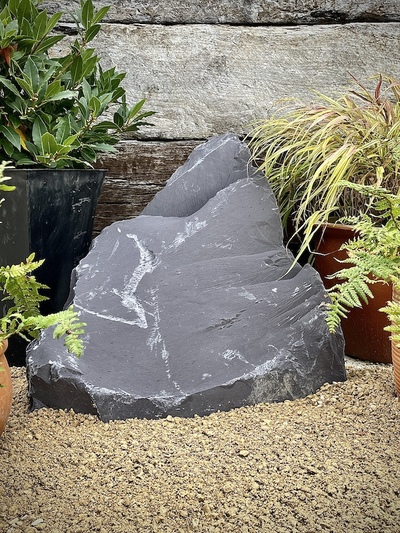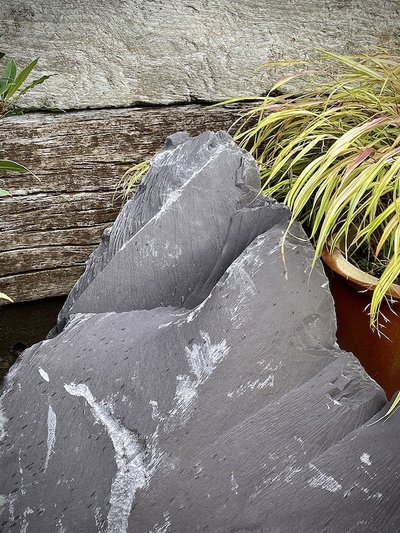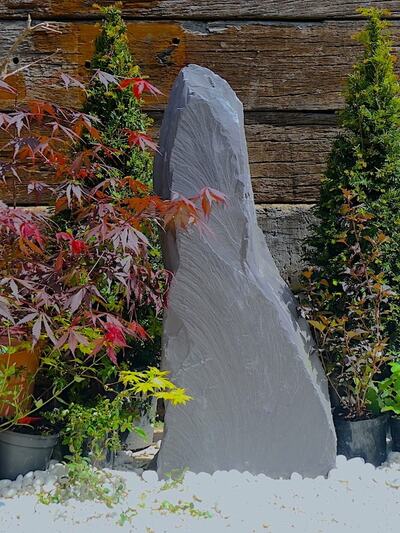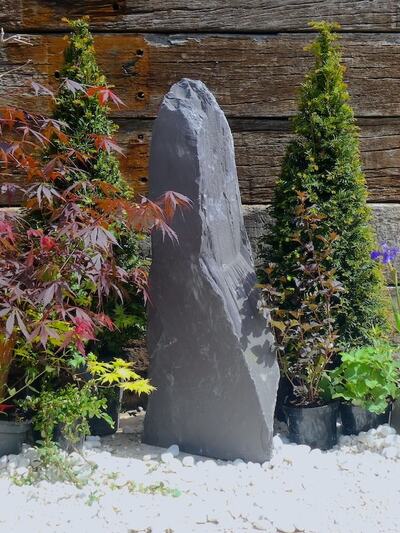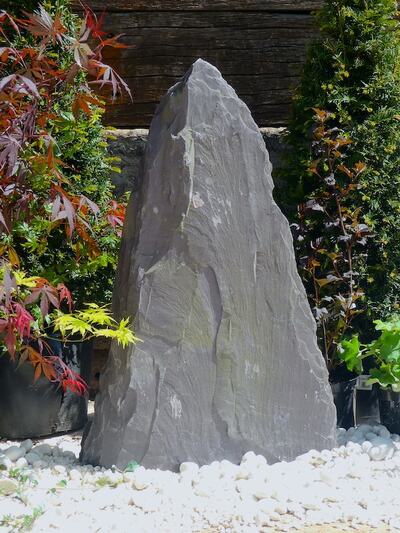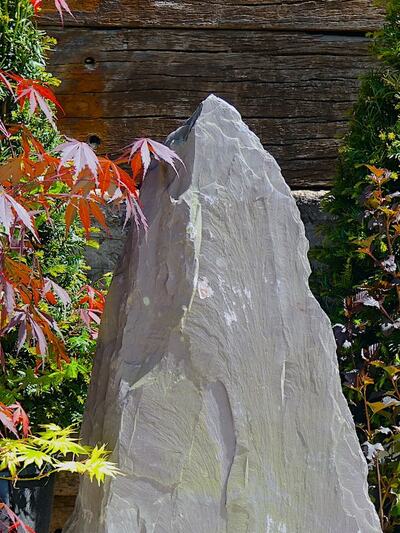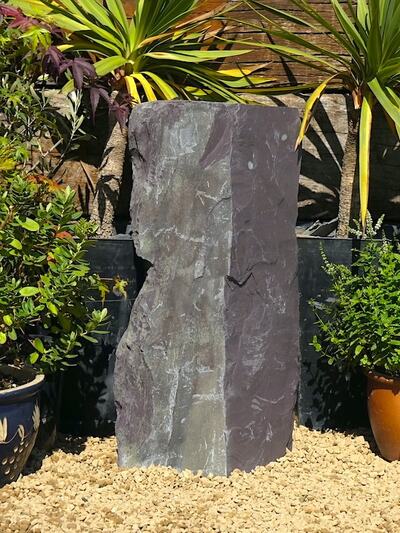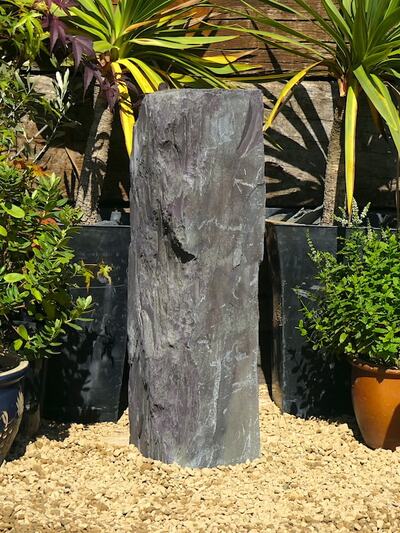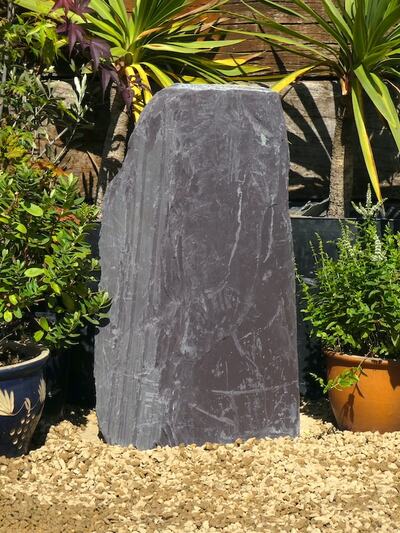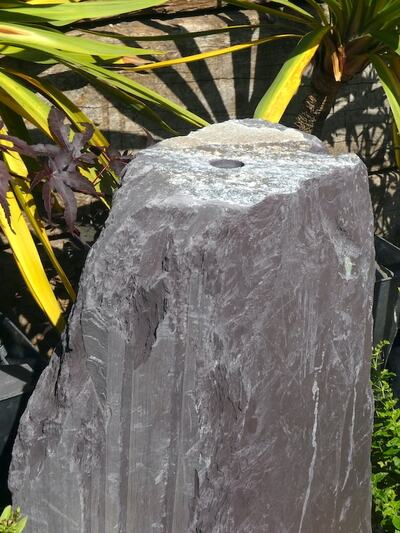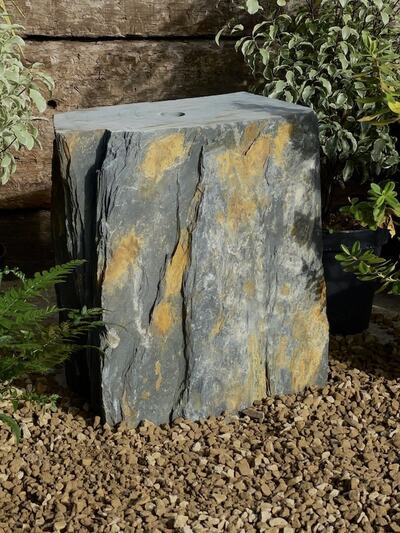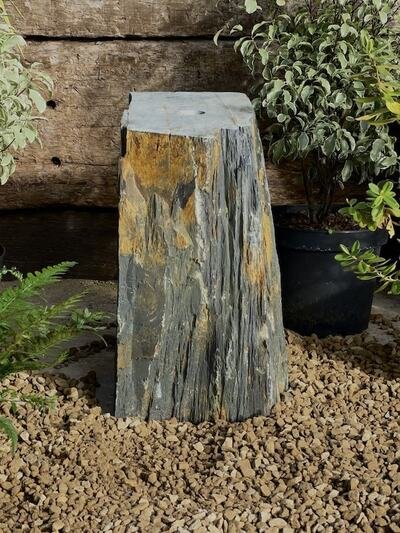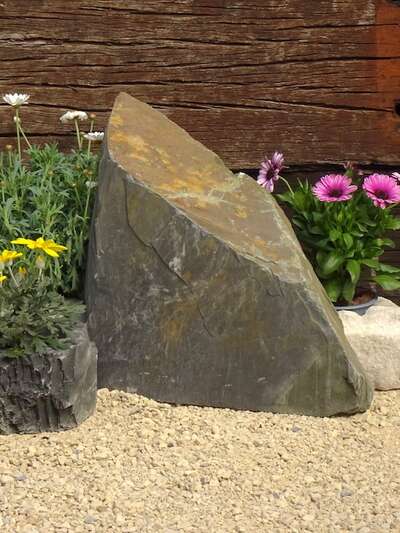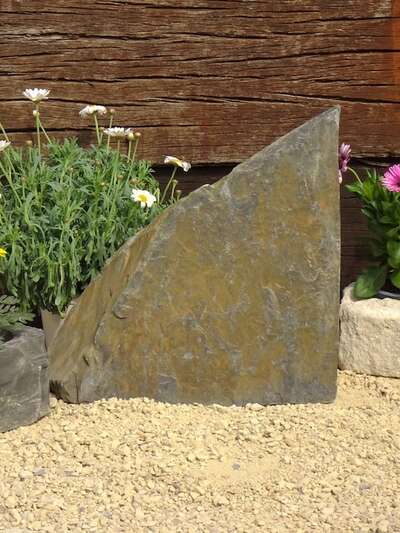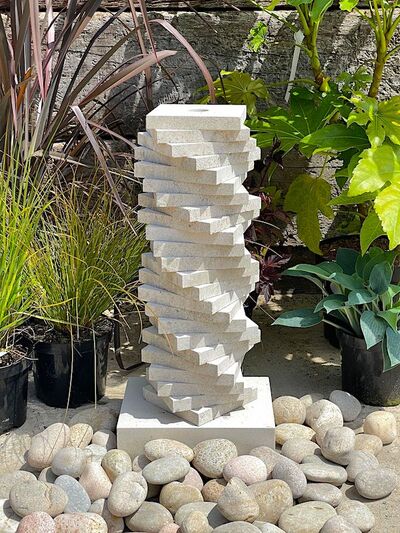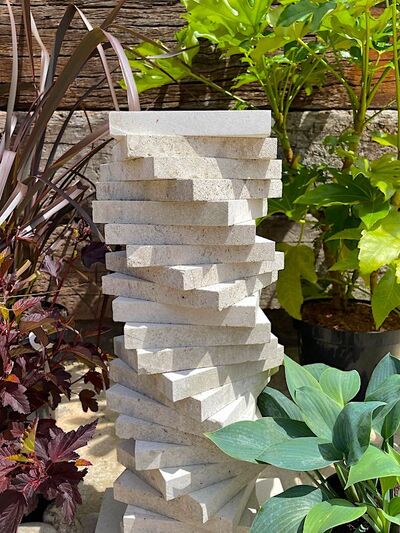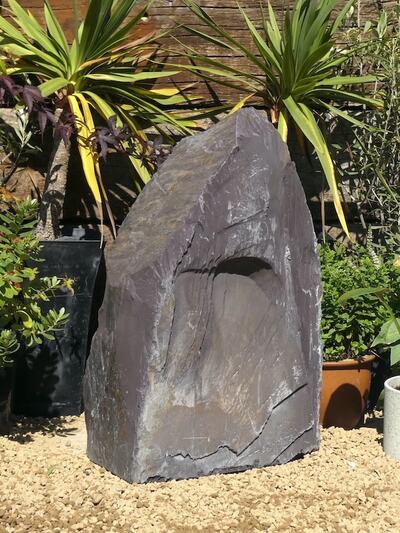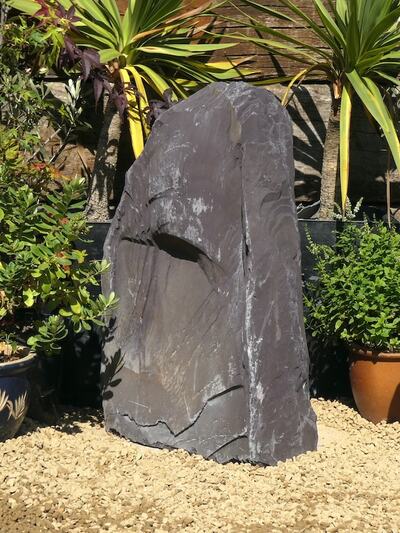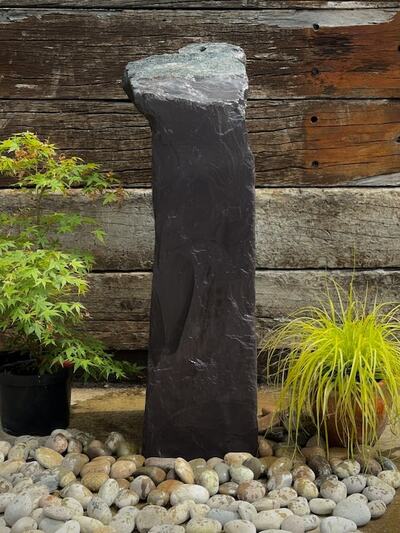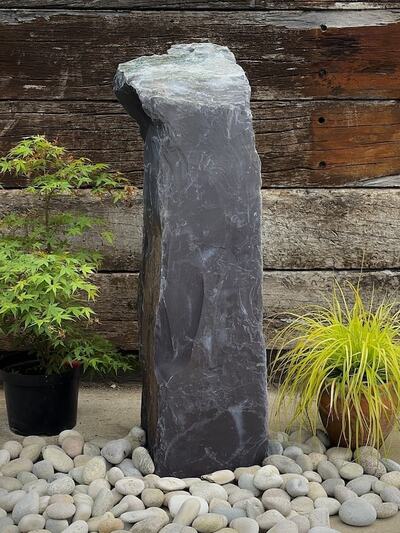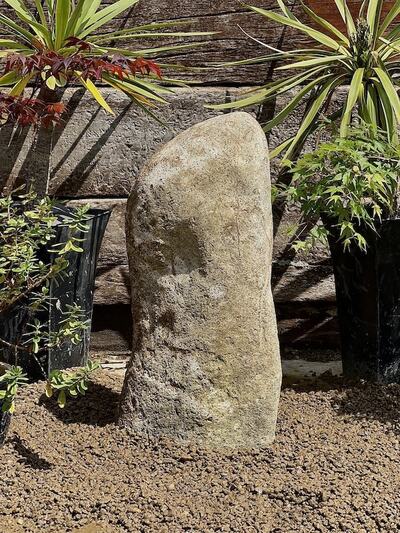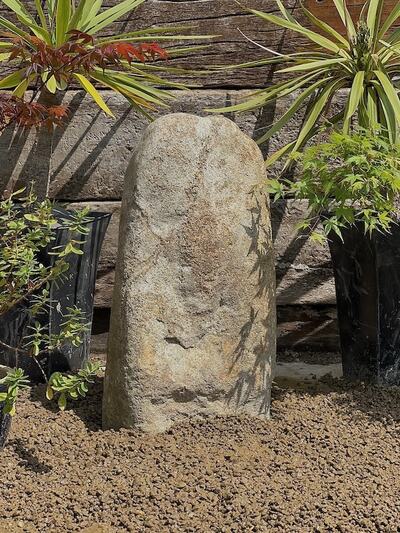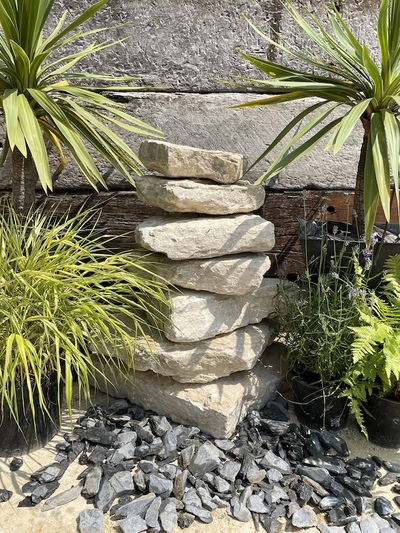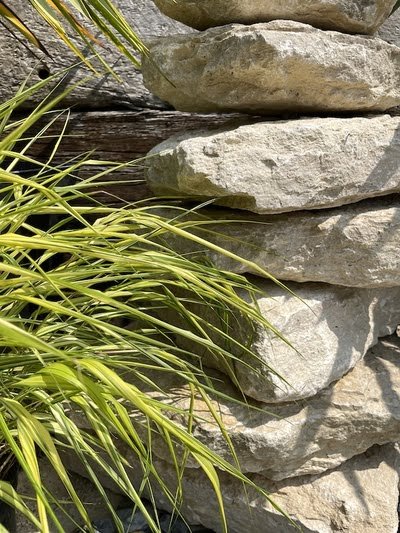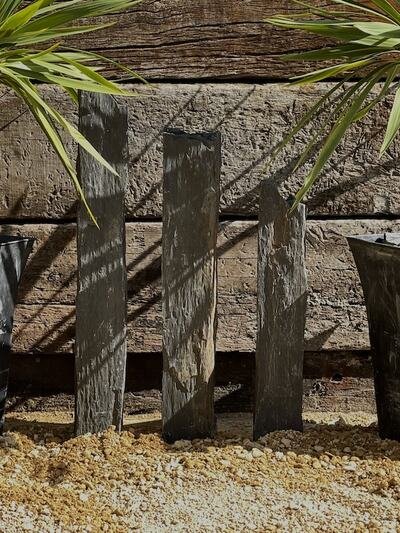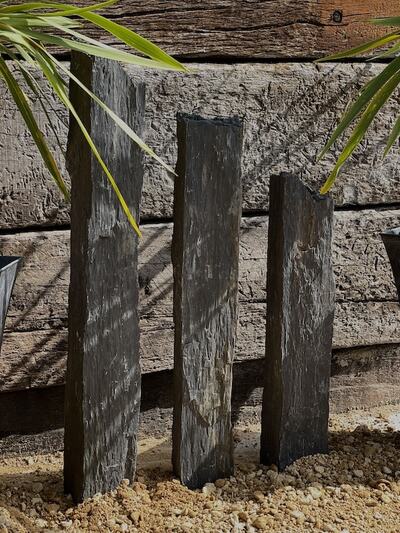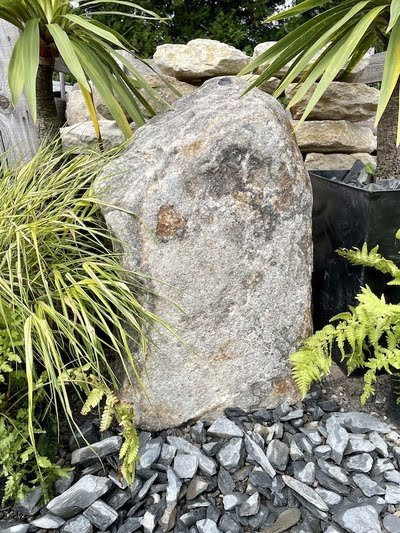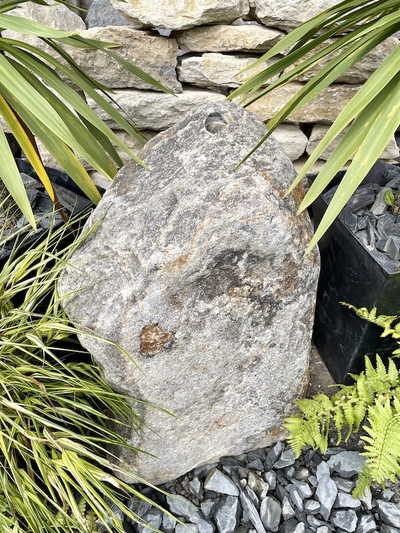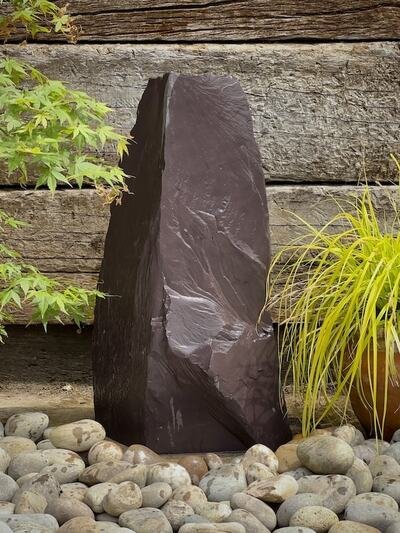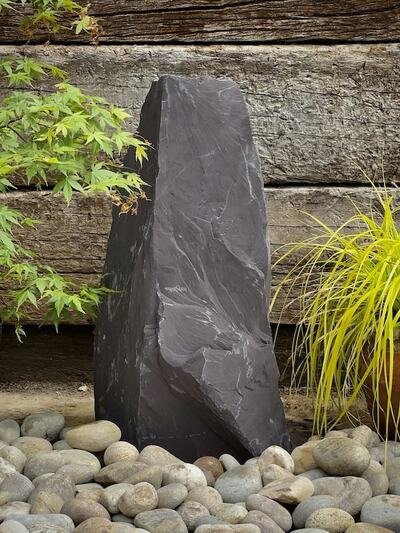Garden Ideas For Long Gardens
Long gardens are a common feature in the UK, and can be a challenge for garden designers and landscapers, let alone the DIY homeowner. This blog post will provide some tips on how to make the most of a long garden, with a focus on achieving balance and proportion.
The first general step is to consider the size and shape of your garden. If your garden is narrow, you will need to use vertical space to create the illusion of depth. This can be done by planting climbing plants, hanging baskets, or installing a living wall.
You should also consider the amount of sunlight your garden receives. Some plants prefer full sun, while others prefer shade. It is important to choose plants that will thrive in the conditions of your garden.
Finally, you should add some focal points to your garden to break up the long, narrow space. This could be a water feature, a piece of sculpture, or a seating area. With a little planning and effort, you can transform your long garden into a beautiful and functional space.
Read on to discover more in depth ideas for designing and landscaping a long garden.
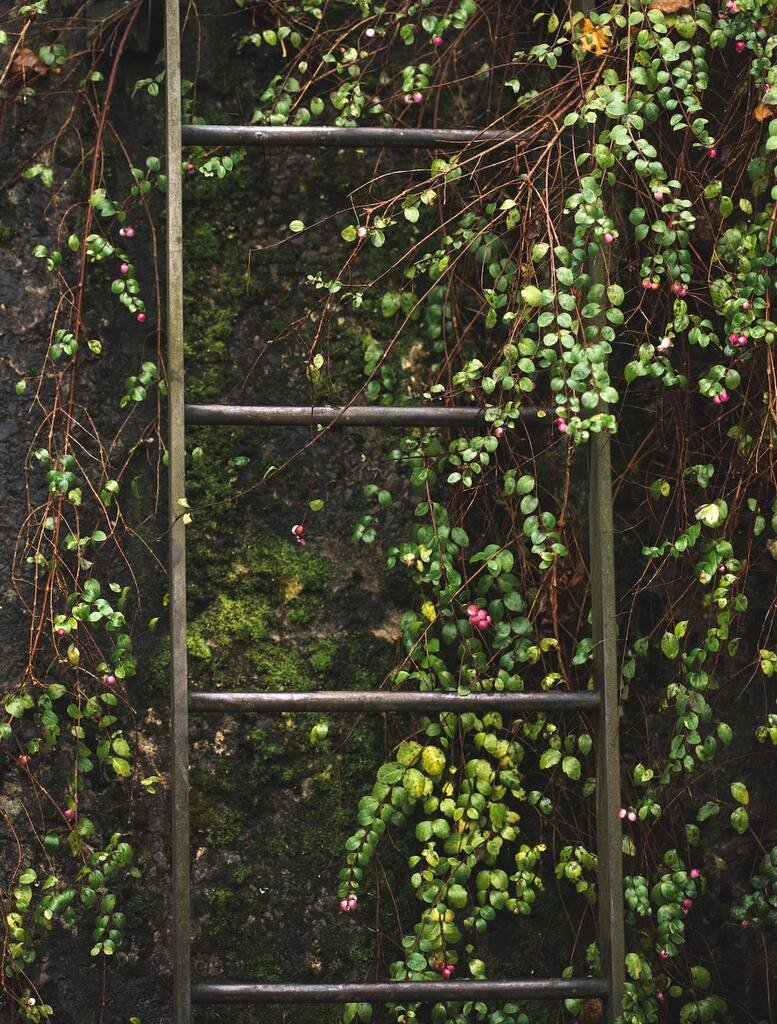
Vertical Garden Ideas to Add Depth
Living walls. Living walls are a great way to add both beauty and functionality to your garden. They can be made from a variety of materials, including plants, moss, and succulents. Living walls can be used to create privacy, add colour, or simply provide a focal point in your garden.
Climbing plants. Climbing plants are another great way to add vertical interest to your garden. There are many different types of climbing plants to choose from, including vines, roses, and clematis. Climbing plants can be trained to grow up a wall, trellis, or arbor.
Hanging baskets. Hanging baskets are a versatile way to add flowers and greenery to your garden. They can be hung from a wall, fence, or pergola. Hanging baskets are a great way to add colour and height to your garden, and they can also be used to grow herbs or vegetables.
Window boxes. Window boxes are a classic way to add flowers and greenery to your garden. They can be hung from windows, doors, or even from the eaves of your house. Window boxes are a great way to add colour and interest to your home’s exterior, and they can also be used to grow herbs or vegetables.
When choosing plants for a vertical garden, it is important to consider the amount of sunlight your garden receives. Some plants, such as succulents, prefer full sun, while others, such as ferns, prefer shade. It is also important to consider the size of your garden and the type of vertical garden you want to create. If you have a small garden, you may want to choose smaller plants that will not take up too much space. If you have a larger garden, you may want to choose larger plants that will create a more dramatic effect.
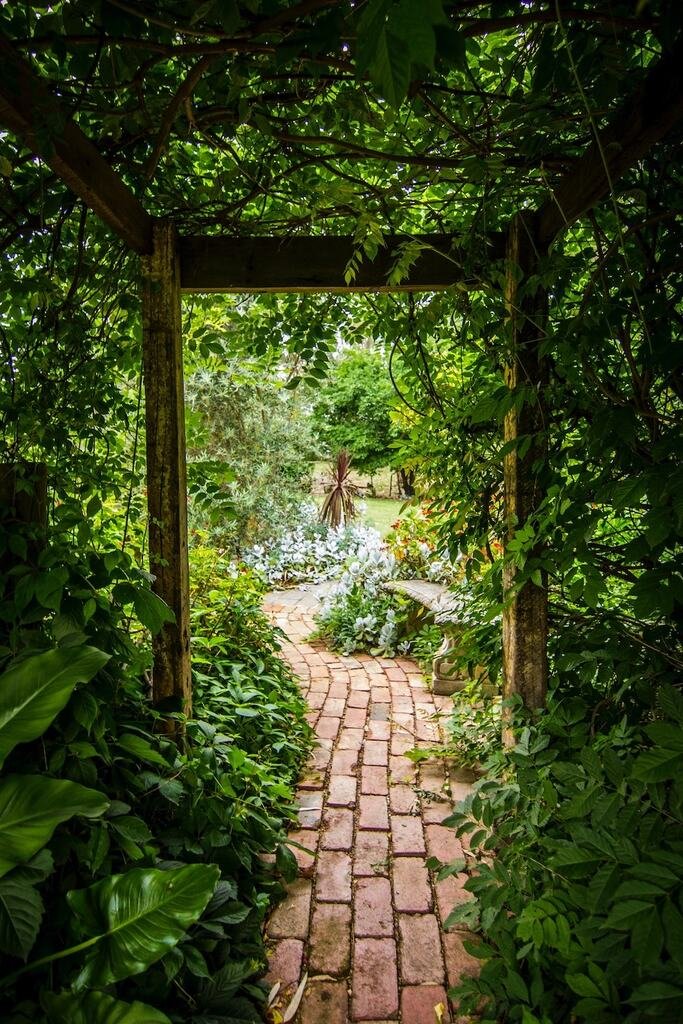
Create an Enchanting Pathway
Use a variety of materials. A pathway made from a single material can be quite boring, so try to use a variety of materials to create interest. For example, you could use brick, natural stone, wood, or even pebbles.
Add curves and bends. A straight pathway will make your garden feel even longer, so try to add some curves and bends to break up the space. This will also make your garden feel more inviting and inviting to explore.
Include plants and flowers. Plants and flowers can add a touch of beauty and colour to your pathway. You could plant them along the edges of the pathway, or even in the pathway itself.
Add a focal point. A focal point can help to draw the eye and break up the long space. This could be a statue, a birdbath, or even a water feature.
Use lighting. Lighting can be used to create a magical and enchanting atmosphere in your garden. You could use solar lights, string lights, or even candles.
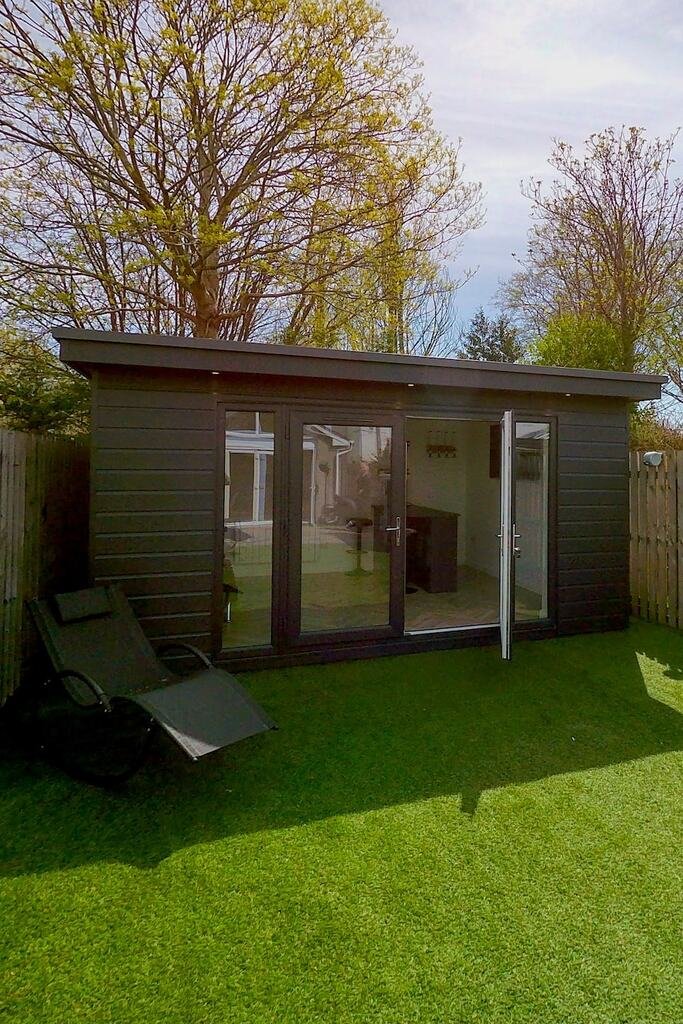
Garden Rooms for Long Gardens
Use a variety of materials. Garden rooms can be made from a variety of materials, including wood, brick, stone, and metal. The material you choose will depend on your budget, personal style, and the style of your home.
Consider the size and shape of your garden. If you have a long, narrow garden, you will need to choose a garden room that is the right size and shape to fit the space. You may also want to consider a garden room that is L-shaped or U-shaped to create a more enclosed space.
Add windows and skylights. Windows and skylights will allow natural light to enter your garden room, making it a bright and airy space. You may also want to consider adding blinds or curtains to your windows for privacy.
Include a seating area. A seating area is essential for any garden room, so you can relax and enjoy the outdoors. You may want to include a sofa, chairs, or even a hammock in your garden room.
Decide how you will use the space. If you plan on using your garden room as an office or studio, you will need to include a work area. This could be a desk, a computer, or even just a table and chair. Many people these days use their garden rooms for mindfulness while others opt for home bars and entertaining.
Add storage space. Garden rooms can be used to store a variety of items, such as gardening tools, sporting equipment, or even holiday decorations. You may want to include built-in storage or add shelves and cabinets to your garden room.
Hire a professional. If you are not comfortable building a garden room yourself – it’s a big job – you should hire a professional to complete the works to high standard. Visit our Trade Profiles page to discover great garden designers and landscapers in the UK.

Finding the Right Outdoor Furniture for a Long Garden
Consider the size of your garden. If you have a long, narrow garden, you will need to choose furniture that is the right size to fit the space. You may want to consider furniture that is L-shaped or U-shaped to create a more enclosed space.
- Choose furniture that is made from durable materials. Outdoor furniture will be exposed to the elements, so it is important to choose furniture that is made from durable materials that can withstand the weather. Some good choices include wood, metal, and teak.
- Choose furniture that is comfortable. You will be spending a lot of time in your outdoor furniture, so it is important to choose furniture that is comfortable. Look for furniture with soft cushions and good back support.
- Choose furniture that is versatile. You want furniture that can be used for a variety of purposes, such as dining, relaxing, or entertaining. Look for furniture that can be rearranged to accommodate different activities.
- Choose furniture that matches your style. You want your outdoor furniture to complement the style of your home and garden. Choose furniture that is in a style that you love and that will make you feel comfortable.

With the right outdoor furniture, you can transform your long garden into a beautiful and functional space that you will enjoy for years to come. Here are some additional tips for finding the right outdoor furniture for a long garden design:
- Shop around. There are many different retailers that sell outdoor furniture, so you should shop around to find the best deals.
- Consider buying used furniture. You can often find good deals on used outdoor furniture.
- Do your research. Before you buy any outdoor furniture, be sure to do your research and read reviews to make sure you are getting a quality product.
Here are some specific examples of outdoor furniture that would be good for long gardens:
- Sectional sofas. Sectional sofas are a great way to create a comfortable and inviting seating area in a long garden.
- Outdoor dining sets. Outdoor dining sets are a must-have for any long garden that is used for entertaining.
- Picnic tables. Picnic tables are a great way to create a casual and relaxed seating area in a long garden.
- Hammocks. Hammocks are a great way to relax and enjoy the outdoors in a long garden.
- Swing seats. Swing seats are a great way for kids to have fun and play in a long garden.
Benefits of Water Features in Long Gardens
Here are some of the amazing reasons for installing a water feature in a long garden design:
- Adds beauty and interest. A water feature can add a touch of beauty and interest to any garden, and it can be especially effective in a long garden. The sound of running water can be very calming and relaxing, and the sight of the water can be very refreshing.
- Creates a focal point. A water feature can be a great way to create a focal point in your garden. This can help to break up the long space and make it more visually interesting.
- Attracts wildlife. Water features can attract wildlife to your garden, such as birds, butterflies, and frogs. This can add to the beauty of your garden and make it a more interesting place to observe nature.
- Improves air quality. The sound of running water can help to improve air quality by reducing stress levels and increasing relaxation. The water can also help to humidify the air, which can be beneficial for people with respiratory problems.
- Increases property value. A well-designed water feature can increase the value of your property. This is because water features are often seen as a sign of luxury and good taste.
If you are considering installing a water feature in your long garden, there are a few things you need to keep in mind. First, you need to choose the right type of water feature for your needs. There are many different types of water features available, so you should be able to find one that fits your style and budget. Second, you need to choose the right location for your water feature, usually finding space for a water reservoir to be installed. The water feature should be placed in a location where it will get plenty of sunlight and be protected from the wind. Finally, you need to maintain your water feature regularly. This includes cleaning the water, changing the filter, and adding chemicals to keep the water clean and healthy. With a little planning and care, you can install a water feature that will add beauty, interest, and value to your long garden.
Buy Natural Stone Garden Features
Free Delivery to most UK postcodes, unique natural stone sourced and finished in Great Britain.
Photo Credits: Jonathan Farber, Ellie Burgin, Tim Cooper, Steen Builders, Valentin B. Kremer, Julia Volk.


